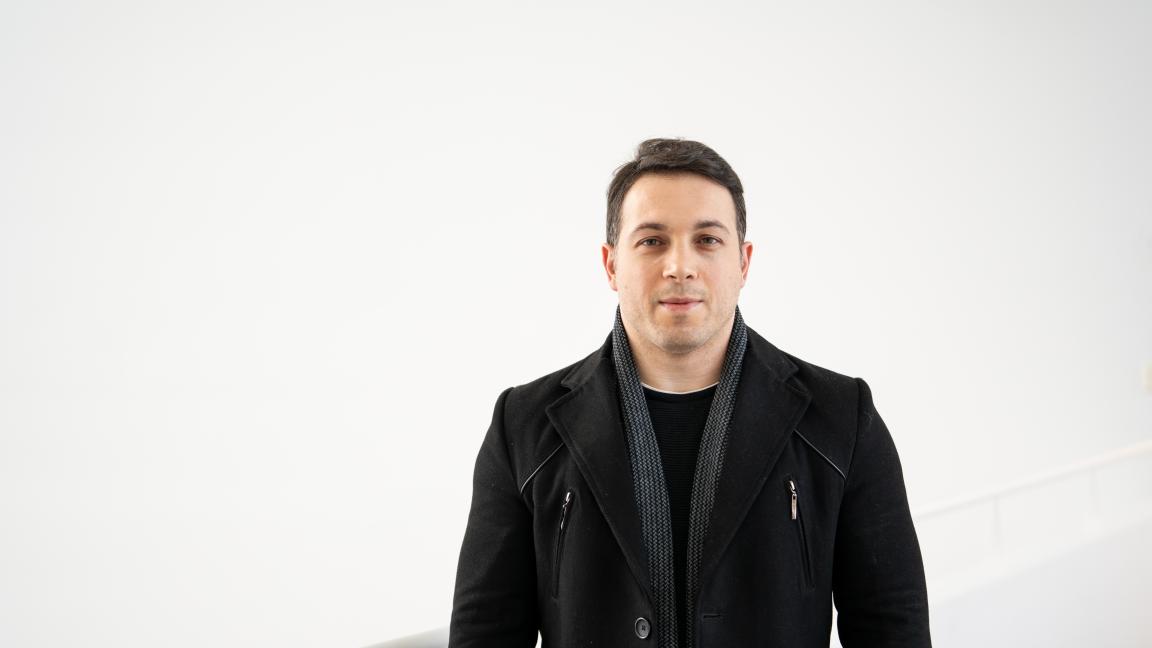Mathematical models can help traders secure their investments through stock market fluctuations
Hamidreza Maleki Almani’s doctoral dissertation in business mathematics at the University of Vaasa focuses on long-memory data – information that shows patterns of dependency over time.
– In nature, many phenomena exhibit patterns correlated to their long-range past, called long-memory, or by random jumps, called jump processes. This dissertation reveals the structure of these phenomena and explores their practical applications, says Maleki Almani, who will defend his dissertation at the University of Vaasa on 3 December.
Some instances of this kind of data include tracking the movement of particles in fluids or modeling financial markets affected by sudden changes. Maleki Almani’s research introduces four key findings: new insights into long-memory data models, Simulate and estimate their parameters, rules for predicting data affected by random jumps, and strategies for managing financial risks in markets prone to sudden price jumps.
Making complex concepts useful for society
The results of this research can be applied in many fields. Scientists in physics and hydrology can use the models to better understand particles immersed in fluid systems, while financial professionals can adopt new strategies and decision-making to manage investments in risky markets.
– For instance, the models can help traders protect their investments in markets where prices often experience sudden jumps, Maleki Almani explains.
The research combines advanced techniques such as simulations, fractional stochastic analysis, and parameter estimation to bridge theory and practice. These tools give professionals in finance, physics, and other sciences better ways to handle uncertainty, helping them make informed decisions in complex environments.
– There were many surprises during my research. The final magic I faced was when the jump-diffusion process of hedging revealed a new methodology. Formulating and extracting that stronger hedging methodology was the most exciting moment, especially when the data analysis results matched greatly with it, Maleki Almani notes.
Maleki Almani’s work is a step forward in understanding long-memory data and its applications. His dissertation applies the simulated data for jump-diffusion prices, proportional transaction costs, fractional Brownian motion, Ornstein-Uhlenbeck processes, Black-Scholes option price, compound Poisson jumps, and Volterra-Gaussian processes. The methods include probability theory, fractional stochastic analysis, Malliavin calculus, functional analysis, spectral theorem, generalized method of moments (GMM), self-finance approach, Black-Scholes option pricing, least square hedging, delta hedging, and Bayes theory.
Public defence
The public examination of M.Sc. Hamidreza Maleki Almani’s doctoral dissertation ”Modern Stochastic Gaussian Models and Applications to Finance” will be held on Tuesday 3 December 2024 at 12 at the University of Vaasa, auditorium Nissi.
It is possible to participate in the defence also online:
https://uwasa.zoom.us/j/66317010790?pwd=CAg58zhQnByPof9cg38gacwwDvTwni.1
Password: 039359
Professor Yuliya Mishura (National University of Kyiv) will act as opponent and Professor Tommi Sottinen as custos.
Doctoral dissertation
Hamidreza Maleki Almani (2024) Modern Stochastic Gaussian Models and Applications to Finance. Acta Wasaensia 546. Doctoral dissertation. University of Vaasa.
Further information
Hamidreza Maleki Almani was born in 1988 in Rasht, Iran. He earned his Master’s degree in Applied Mathematics from Sharif University of Technology in 2014. Currently, Maleki Almani works as a University Teacher at the University of Vaasa.
